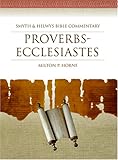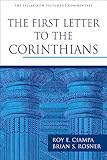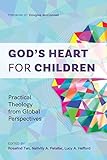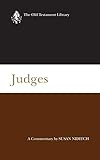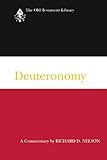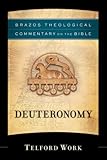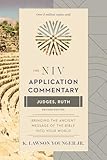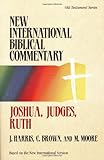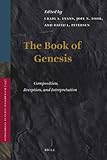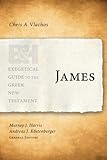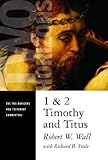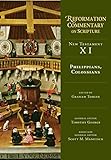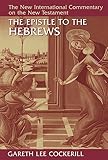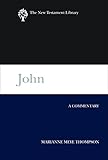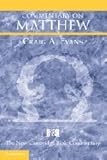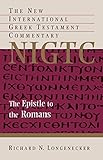Irony as a Literary Stylistic Device in Amos’s Choice of Metaphors: readingfrom the perspective of theTigrigna Proto-Semitic Language (Record no. 16684)
[ view plain ]
| 000 -LEADER | |
|---|---|
| fixed length control field | 02509nam a22001697a 4500 |
| 005 - DATE AND TIME OF LATEST TRANSACTION | |
| control field | 20220301063824.0 |
| 007 - PHYSICAL DESCRIPTION FIXED FIELD--GENERAL INFORMATION | |
| fixed length control field | ta |
| 008 - FIXED-LENGTH DATA ELEMENTS--GENERAL INFORMATION | |
| fixed length control field | 210916s2018 sa ||||fo||d| 00| 0 eng d |
| 040 ## - CATALOGING SOURCE | |
| Transcribing agency | ZA-BrSAT |
| 100 ## - MAIN ENTRY--PERSONAL NAME | |
| Personal name | Melles, Berhane Kahsai |
| 9 (RLIN) | 651 |
| 245 ## - TITLE STATEMENT | |
| Title | Irony as a Literary Stylistic Device in Amos’s Choice of Metaphors: readingfrom the perspective of theTigrigna Proto-Semitic Language |
| 260 ## - PUBLICATION, DISTRIBUTION, ETC. | |
| Place of publication, distribution, etc. | Johannesburg, South Africa |
| Name of publisher, distributor, etc. | South African Theological Seminary |
| Date of publication, distribution, etc. | December 2018 |
| 300 ## - PHYSICAL DESCRIPTION | |
| Extent | 290 pages |
| Other physical details | |
| Dimensions | A4 |
| Accompanying material | Abstract, TOC |
| 502 ## - DISSERTATION NOTE | |
| Degree type | Doctor of Philosophy in Theology (PhD) |
| Name of granting institution | South African Theological Seminary |
| Year degree granted | December 2018 |
| Supervisors | |
| 520 ## - SUMMARY, ETC. | |
| Summary, etc. | This thesis investigates irony as a literary stylistic device in the book of Amos, and analyses selected metaphors read in Tigrigna Proto-Semitic language. In the introductory part of the thesis, figurative languages are defined as conceptual thoughts. Various types of irony are discussed, and verbal irony indicated as the focus of histidine Eritrea, in Tigrigna ethnic, figures of speech –irony and metaphor are part of their culture and we have chosen to read Amos through Eritrean eyes. The state of scholarship on literary and rhetorical devices and theories of irony and metaphor have been reviewed through Chapters2to 3. Chapter 4distinguishes irony as a literary stylistic device in the book, in contrast to other figurative languages Amos used to convey his message. In Chapter 5, the study discusses a combination of critical analyses on selected Amos’s metaphors. Engaging the language and culture of the Eritrean Tigrigna ethnic, in the integrated TGN versions, the study analyses and interprets the possible meanings of the following five ironic metaphors: Cows of Bashan (4:1-3), the Virgin Israel (5:1-3), the Day of Darkness and not Light(5:18-20), the Plumb line7:7-8and the Basket of Summer Fruit (8:1-3). Finally, in the Conclusion, the findings are highlighted; and based on the outcome of heresiarches recommend that current studies on prophets give more attention to figurative languages as literary devices in the interpretive strategy. We also recommend that Biblical scholarship consider the biblical text in Tigrigna, a Semitic language, and the cultural expression of both the Eritrean vend Israelite peoples. This thesis will be helpful for translators of the Bible into Tigrigna in countries of Eritrea and Ethiopia. |
| 942 ## - ADDED ENTRY ELEMENTS (KOHA) | |
| Source of classification or shelving scheme | Dewey Decimal Classification |
| Koha item type | Thesis |
| Withdrawn status | Lost status | Source of classification or shelving scheme | Damaged status | Not for loan | Collection code | Home library | Current library | Shelving location | Date acquired | Barcode | Date last seen | Copy number | Uniform Resource Identifier | Price effective from | Koha item type |
|---|---|---|---|---|---|---|---|---|---|---|---|---|---|---|---|
| Dewey Decimal Classification | Electronic Holdings | South African Theological Seminary | South African Theological Seminary | Online Resource | 09/16/2021 | 0000000011006 | 09/16/2021 | 1 | https://sats-dspace.s3.af-south-1.amazonaws.com/Theses/Thesis_PhD_2019_MellesB.pdf | 09/16/2021 | Thesis |

